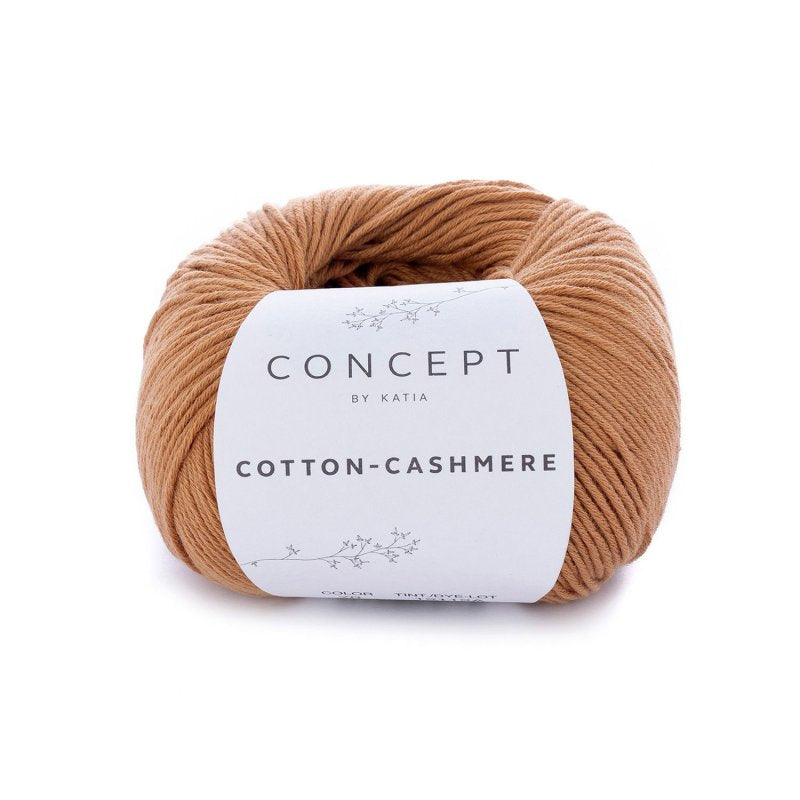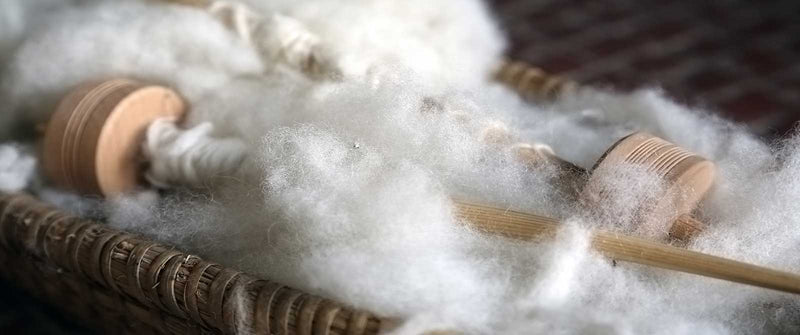Exploring the Past of cashmere and Its Role in Current Fashion
Wiki Article
Recognizing the Various Sorts Of Cashmere an All-natural Fiber and Their Distinct Benefits

The Origins of Cashmere: A Historic Introduction
While the extravagant touch of cashmere remains to charm modern-day consumers, its origins trace back to the rough, chilly climates of Mongolia and the Mountain ranges. For centuries, the indigenous individuals of these areas have been elevating Capra Hircus goats, the prime resource of cashmere wool. These goats, resistant versus the severe winters, expanded a fine undercoat to make it through, which later on ended up being understood as cashmere. The name itself pays tribute to Kashmir, a region in India where the wool was originally processed. Much of the early cashmere profession route was facilitated by the Silk Road, attaching Asia with the Center East and Europe. Despite its international spread, the finest cashmere is still believed to originate from the initial areas of Mongolia and the Mountain Ranges.

The Manufacturing Process: From Goat to Garment
Shearing a Capra Hircus goat marks the beginning of the complex cashmere production process. This fragile procedure typically happens when a year during spring. The penalty, soft undercoat is after that divided from the coarser outer hair, a process recognized as dehairing. The resultant raw cashmere is then washed to eliminate contaminations such as vegetable, dust, and grease matter.The clean fiber undergoes coloring, rotating, and weaving, or knitting, to change it into a textile. Complicated treatments such as top quality control checks and finishing procedures follow, guaranteeing the end product preserves the extravagant standard expected of cashmere. This painstaking process, from goat to garment, justifies the high expense affixed to cashmere products, making them an icon of deluxe and improvement.
The Numerous Sorts Of Cashmere: A Comprehensive Evaluation

The Distinct Advantages of Cashmere: Convenience and Sustainability
Relocating from the variety of cashmere kinds to the advantages they offer, comfort and sustainability stand out plainly. Cashmere, a natural fiber, is renowned for its unmatched softness, offering a level of convenience that artificial fibers can not match. The product's lightness, yet outstanding heat retention, makes it ideal for all seasons. Additionally, cashmere's all-natural elasticity enables it to go back to its initial shape, making it resistant to extending or shrinking. website hereWhen it concerns sustainability, cashmere is biodegradable and sustainable, as it's gathered from cashmere goats who regrow their layers yearly. what is cashmere. Unlike synthetic fibers which can take centuries to decompose, cashmere's effect on the environment is marginal. This combination of comfort and sustainability makes cashmere a valuable selection for mindful consumers

Taking Care Of Your Cashmere: Maintenance and Preservation Tips
While cashmere is most certainly a elegant and lasting option, it needs details treatment to preserve its top quality and prolong its lifespan. To start, cashmere should be hand washed making use of cool water and a mild cleaning agent. Cashmere products should be kept in a trendy and completely dry location, away from direct sunlight and moisture.
Buying Cashmere: Recognizing Its Worth and Well Worth
Although cashmere may initially appear like a pricey investment, its long-term value and worth become evident when you consider its remarkable high qualities. Recognized for its unparalleled gentleness and heat, cashmere is a costs natural fiber that outshines other materials. Investing in cashmere, as a result, is not just regarding current style fads, yet concerning accepting a sustainable, lasting, and lavish lifestyle.Verdict
In summary, the kind of cashmere one picks, be it Mongolian, Chinese, or Italian, is determined by private choices for warmth, spending plan, sustainability, and luxury. The worth of cashmere expands past its rate, with comfort and longevity including in its worth. Proper care and maintenance can guarantee its preservation. Comprehending the beginnings, production process, and special benefits of different types of cashmere can direct customers in their investment in this luxurious natural fiber.Whether it's the try this outstanding heat of Mongolian cashmere, the price of Chinese cashmere, or the try this website eco-conscious production of Italian cashmere, there's a story to be found behind each fiber kind. Cashmere, a natural fiber, is renowned for its unmatched softness, providing a degree of convenience that artificial fibers can not match.When it comes to sustainability, cashmere is biodegradable and renewable, as it's harvested from cashmere goats that regrow their layers every year. Recognized for its exceptional gentleness and warmth, cashmere is a premium natural fiber that outmatches other products. Recognizing the beginnings, production procedure, and one-of-a-kind benefits of various types of cashmere can guide customers in their financial investment in this luxurious all-natural fiber.
Report this wiki page